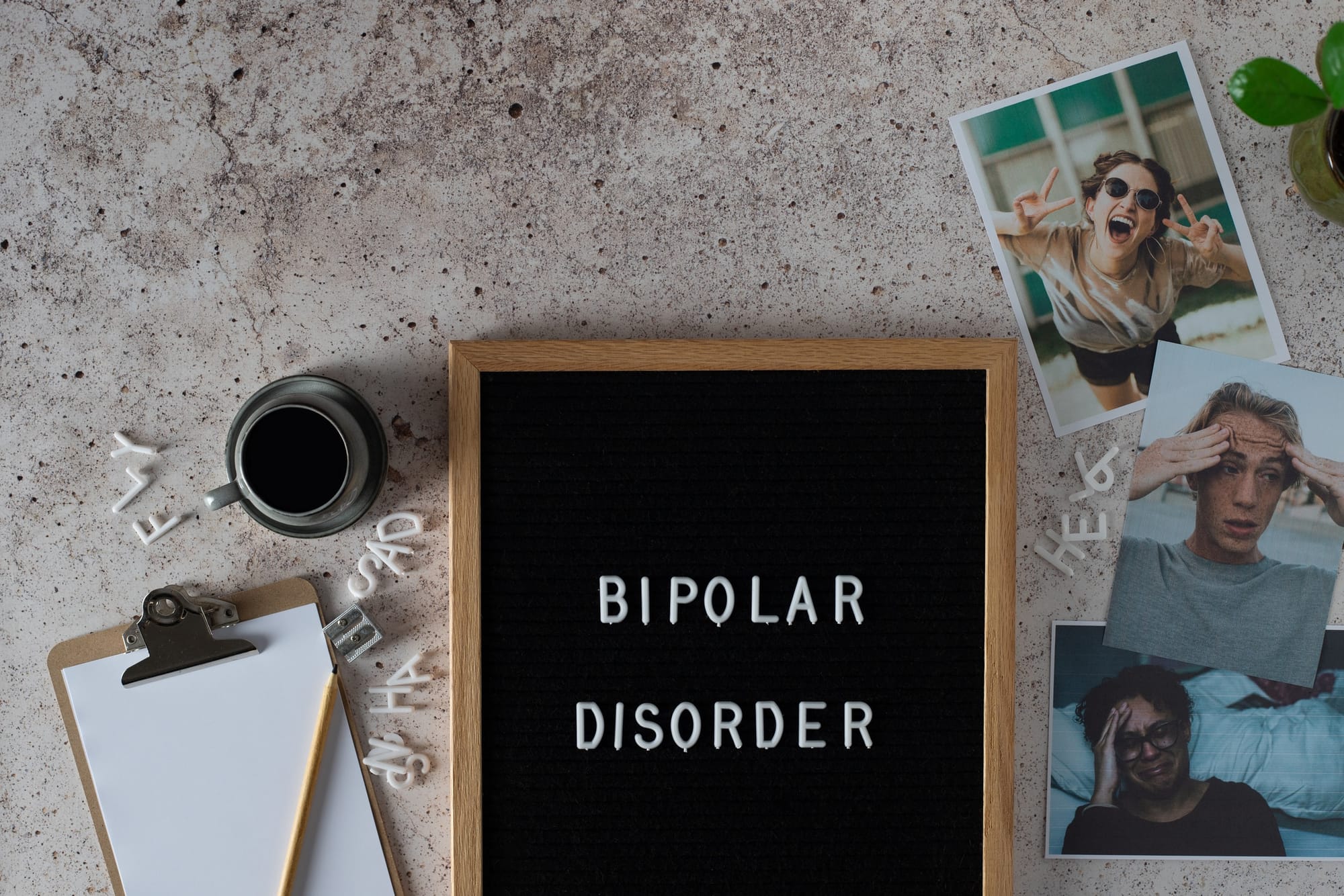Examining mental health diagnoses which are similar to bipolar disorder.

Jason Brien.
Bipolar disorder, a complex mental health condition, is characterized by mood swings that range from manic highs to depressive lows. While bipolar disorder is distinct in its features, it shares certain symptomatology with other mental health diagnoses. This article explores some conditions that exhibit similarities to bipolar disorder in order to shed light on their distinctive characteristics.
1. Major Depressive Disorder (MDD):
Major Depressive Disorder, often referred to as clinical depression, shares similarities with bipolar disorder, particularly during depressive episodes. In both conditions, individuals may experience persistent sadness, feelings of hopelessness, and a loss of interest in once-enjoyable activities. However, MDD does not involve manic or hypomanic states, which are characteristic of bipolar disorder.
2. Cyclothymic Disorder:
Cyclothymic disorder is considered a milder and chronic form of bipolar disorder. It involves mood swings, but they are less severe than full-blown manic or depressive episodes. Individuals with cyclothymic disorder may experience periods of hypomania and mild depression, but these mood shifts do not meet the diagnostic criteria for bipolar I or II disorder.
3. Borderline Personality Disorder (BPD):
Borderline Personality Disorder shares some overlapping features with bipolar disorder, particularly in terms of mood instability. People with BPD may exhibit intense mood swings, impulsivity, and difficulty in regulating emotions. However, BPD is characterized by chronic relationship difficulties, unstable self-identity, and a pervasive fear of abandonment, which are not primary features of bipolar disorder.
4. Substance-Induced Mood Disorder:
Substance use, including drugs and alcohol, can sometimes induce mood swings that resemble the symptoms of bipolar disorder. While substance-induced mood disorder may exhibit mood fluctuations, these are directly linked to the substance's effects and withdrawal. Once the substance use is discontinued, the mood swings typically resolve.
5. Schizoaffective Disorder:
Schizoaffective disorder combines elements of schizophrenia and mood disorders, such as bipolar disorder. Individuals with schizoaffective disorder may experience symptoms of schizophrenia, such as hallucinations and delusions, alongside mood disturbances. This condition can be mistaken for bipolar disorder, especially when mood episodes are prominent.
6. Unipolar Mania:
Unipolar mania is a less common form of mood disorder characterized by manic episodes without depressive episodes. It shares some features with bipolar disorder, but without the depressive pole. This condition is often diagnosed as Bipolar I disorder when the depressive episodes eventually emerge.
While bipolar disorder is a distinct mental health diagnosis with its own diagnostic criteria, it is essential to recognize that mood disorders exist on a spectrum, and other conditions may exhibit similar symptoms. Accurate diagnosis by a mental health professional is crucial for understanding an individual's specific needs and tailoring their treatment accordingly. It is equally important to acknowledge that effective treatment and support are available for each of these conditions, allowing individuals to manage their symptoms and improve their overall well-being.